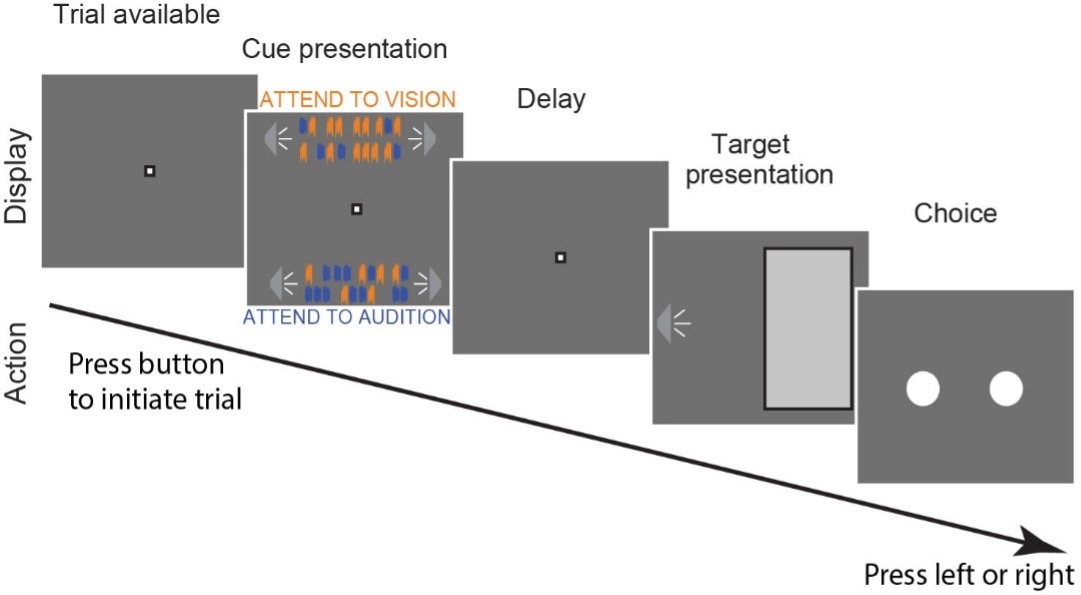Connecting Neural Circuits to cognition
Halassa Lab
People
Meet our team of talented students, postdocs, and staff.
Projects
Learn about our efforts to bridge thalamocortical function to high level cognition.
Publications
Our best papers are yet to come but here’s what we have been up to.
Lab Culture
We work hard, but we also play hard. Learn more about our activities outside the lab.
Research Overview & Mission
Our lab combines parametric behavioral tasks with physiological, genetic and optical manipulations to understand core circuit mechanisms and computational principles of cognitive function. We focus on thalamocortical interactions that implement attention, executive control and decision making. We have traditionally used the mouse as a model system for studying goal-directed attention, which has enabled our biggest contribution to the scientific community: identifying a precise non-relay function for the thalamus. We are currently extending this work by taking a comparative approach, examining commonalities and differences of thalamocortical function across mice, tree shrews and marmosets. In collaboration, we are leveraging our basic research program to applications relevant for human health on one end, and to artificial intelligence research on another.
The overarching goal of the lab is to establish a computational theory for the cognitive thalamus. Our guiding hypothesis is that the mediodorsal thalamus gates inputs within and across frontal cortical networks to enable flexible behavior. We hope that this knowledge would provide practical applications in two separate domains: decision making abnormalities in psychiatric disorders and flexible reasoning in artificial intelligence.
Commitment to Diversity, Equity and Inclusion:
Halassa Lab is committed to creating a diverse environment. All qualified applicants will receive consideration for employment without regard to race, color, religion, gender, gender identity or expression, sexual orientation, national origin, genetics, disability, age, or veteran status.
Neuroscience Lab
Projects
Project 1
Identify the role of frontal thalamocortical interactions in decision making under uncertainty.
Project 2
Identify the role of thalamocortical interactions in economic decision making in dynamic environment.
Mentorship Statement
Mike is committed to each individual’s lab member’s career success and general well-being. He will meet with trainees on a regular basis but has in general an open-door approach and is always available if anyone wants to get in touch with him. Regarding scientific guidance, Mike aims to approach each individual depending on their preferences; people who prefer independence are given high-level advice whereas people who prefer more detailed inputs can receive that as well. In general, trainees define their desired scientific trajectories and Mike’s input is geared towards feasibility, strategy, and when necessary broad alignment with the lab’s scientific mission. Lastly, in addition to individual mentorship, Mike encourages lab members to interact and collaborate such that they learn from one another and develop lasting scientific relationships (see lab culture page).
Address
Tufts University School of Medicine
Neuroscience Department
136 Harrison Ave., Boston, MA 02111
Accessibility
Tufts is committed to making physical and online resources available to everyone.
You Are Welcome Here
Halassa Lab is committed to creating a diverse environment. All qualified applicants will receive consideration for employment without regard to race, color, religion, gender, gender identity or expression, sexual orientation, national origin, genetics, disability, age, or veteran status.



